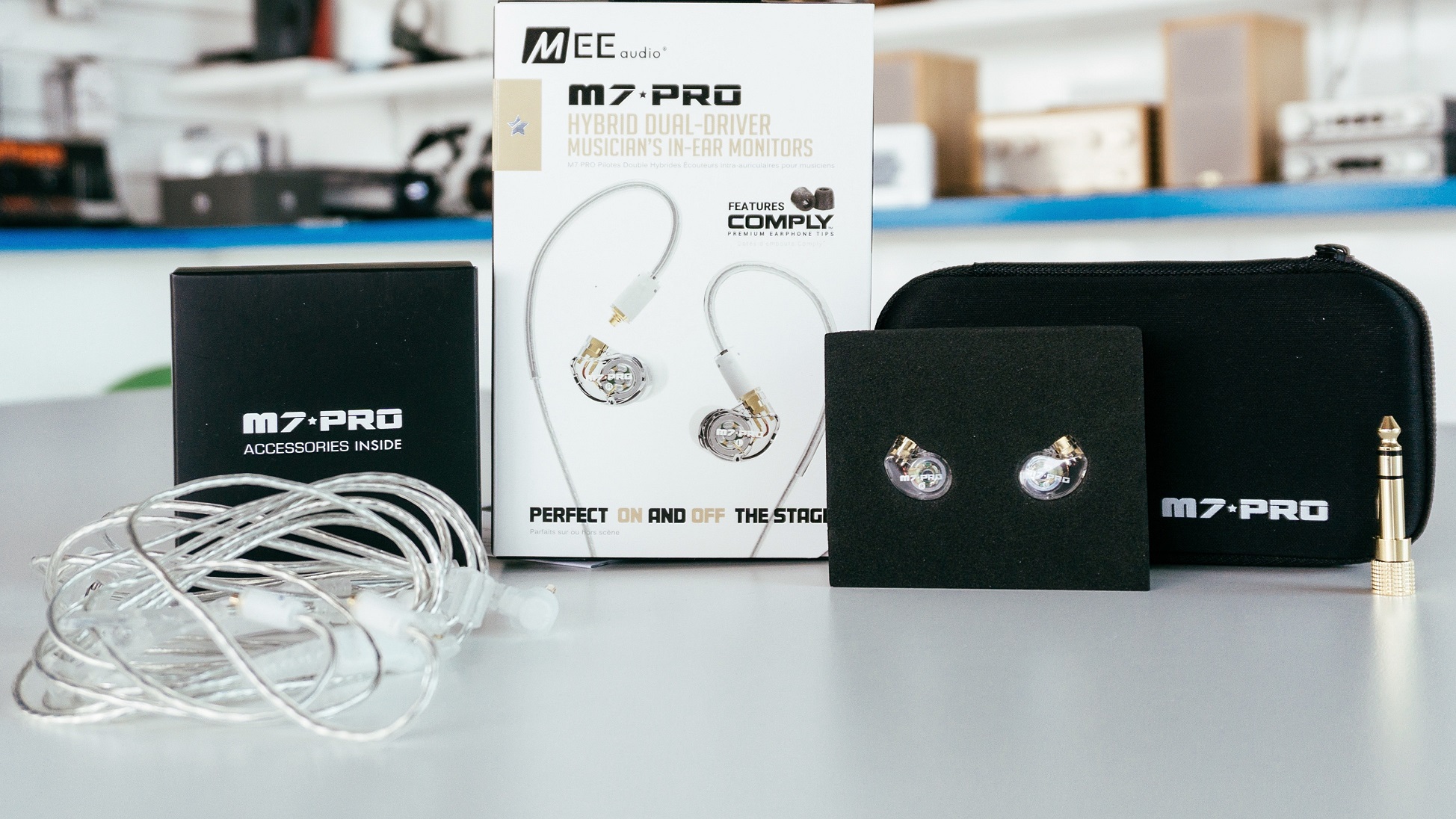
Pro video monitor drivers#
Displaylink drivers on OS X limit the number of adapters to only four, which should prove to be enough for common multi-monitor configurations.Īny more than that, and you’ll need to use a custom desktop configuration. Six extra adapters add six more monitors to the two screens you could use on your laptop in its default state. The common limitation on how many of these adapters you can add to your system is usually six, but refer to each individual model for more information. Might be the simplest gadgets to connect to any Windows PC or laptop and most Macs, too. DL-195 based adapters support 2048×1152, which is a marginal improvement over Full-HD due to its relative obscurity.
Pro video monitor 1080p#
This USB device is for you.ĭisplaylink DL-165 and DL-195 chip based solutions cost around $50 to $70 each, but they support an additional external display up to 1080P widescreen resolution.
Pro video monitor software#
Software developers, system administrators, stock traders and anyone who make a living through multi-tasking. It is not possible without extra hardware. Right now I have one external monitor on my MacBook Pro, but if I wanted to add another, I’d be shot in the leg. They cost about 50 a pop, but they get the job done with flying colors. I’m not a developer, though, so I’m not strictly target audience of these DVI USB video adapters. To fix this nuisance, there are USB to DVI external video ports on the market. I don’t really need more displays than the two I already have, 1280 x 800 on the built-in TFT display, 1080P on the external. That’s ten ports to use for up to six extra monitors and a couple peripherals. An active (outlet powered) USB hub can multiply one input to ten ports should you need that many. USB is also easy to split, so the number of USB ports on your laptop is not an issue. It’s on every laptop, every desktop computer regardless of operating system or age. The adapter converts it to DVI signal, which is a port you can find on virtually any desktop monitor, or at least on those that are at least a hair above value range. A DVI USB adapter uses the CPU to compute the image of the external display, then compresses it and sends it to the USB adapter. They cost about $50 a pop, but they get the job done with flying colors.

To fix this nuisance, there are USB to DVI external video ports on the market. Quite simply, laptop manufacturers don’t make it a point to add more than one video output signal port. Having a laptop is a bummer when someone works in software development.


 0 kommentar(er)
0 kommentar(er)
